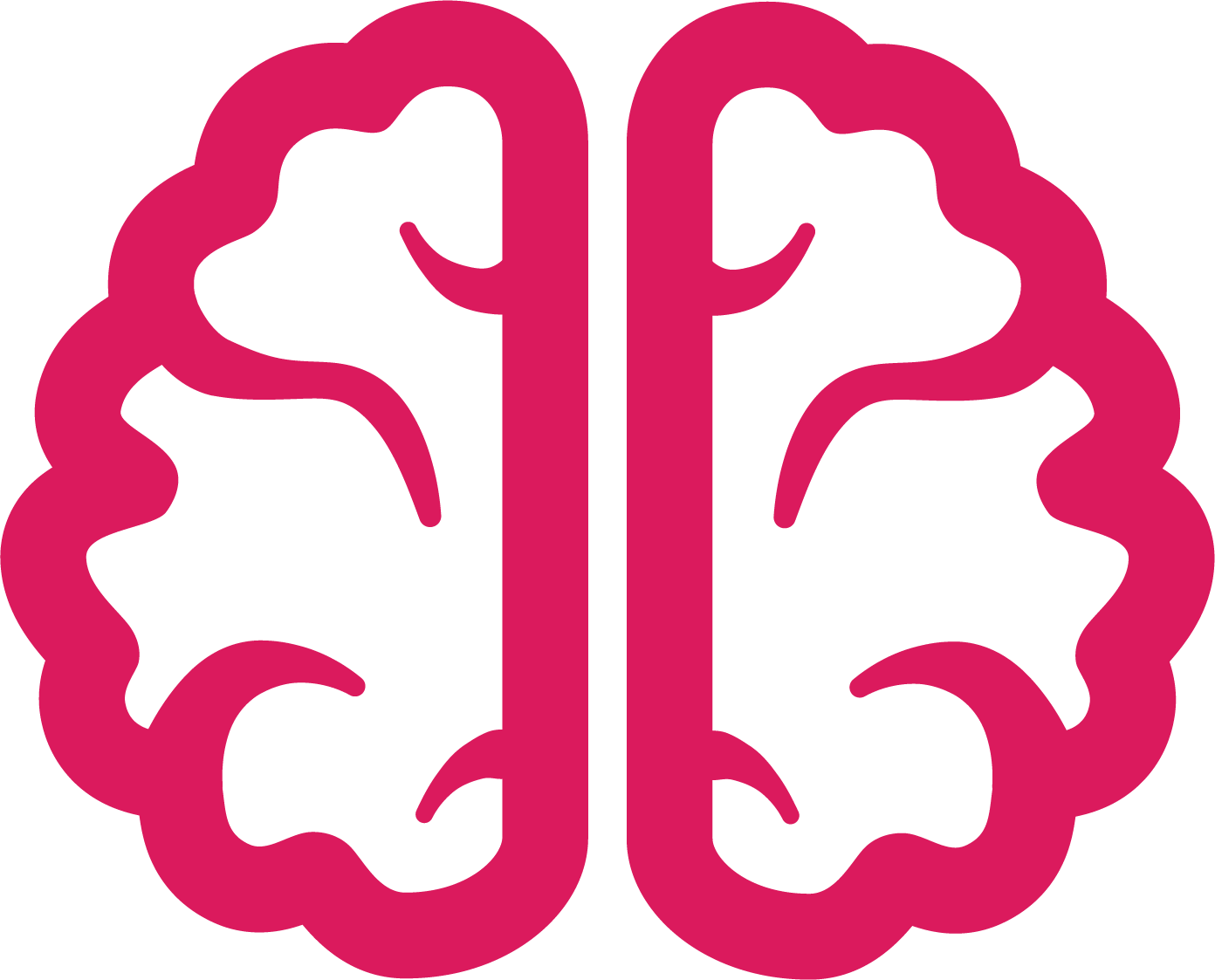Marine mammals, such as dolphins, whales, and porpoises, spend their entire lives at sea. Like us, they need to breathe, avoid danger, and care for their young. Like us, they need to sleep, which — for us — involves almost total unconsciousness and paralysis. So how do these marine mammals not drown when they sleep?
Different species use different strategies, but bottlenose dolphins use an especially interesting one: they sleep with only one half of their brain at a time! The other half of the brain stays awake in order to watch out for predators, avoid obstacles, and signal to the dolphin to rise to the surface to breathe.
This ability to sleep with half a brain is particularly important for new dolphin mothers. A newly born calf doesn’t float very well and can’t swim for long periods of time, so its mother must continue to swim for the first few weeks of her calf’s life to keep it afloat. Her ability to stay awake is critical to keep both her and her calf from drowning!
For more info:
Hecker, B. (1998). How do whales and dolphins sleep without drowning? Retrieved from http://www.scientificamerican.com/article/how-do-whales-and-dolphin/
Ridgway, S. (2006). Dolphin continuous auditory vigilance for five days. Journal of Experimental Biology,209(18), 3621-3628. doi:10.1242/jeb.02405
Ridgway, S. H. (2002). Asymmetry and Symmetry in Brain Waves from Dolphin Left and Right Hemispheres: Some Observations after Anesthesia, during Quiescent Hanging Behavior, and during Visual Obstruction. Brain Behav Evol Brain, Behavior and Evolution, 60(5), 265-274. doi:10.1159/000067192


